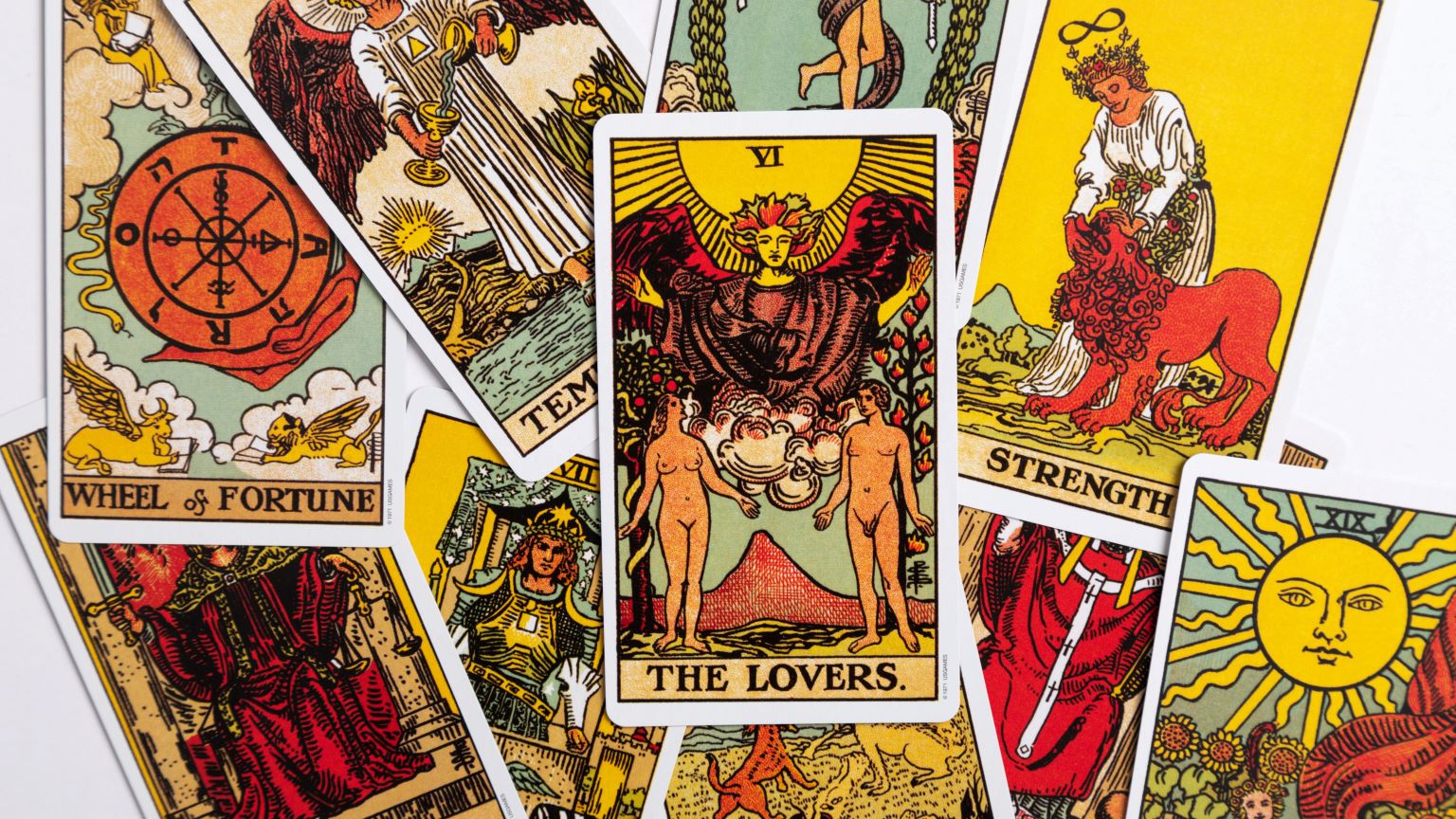Study: 33% of people fantasize about being in a sexually open relationship

Credit: Pixabay
- The study involved 822 Americans who were in monogamous relationships at the time.
- Participants answered questions about their personalities, sexual fantasies, and intentions to act on those fantasies.
- Research suggests practicing consent, comfort, and communication makes open relationships more likely to succeed.
New research suggests one-third of Americans in monogamous relationships fantasize about being in a sexually open relationship. Of that one-third, most want to act out their desire. Someday, at least.
If you search Google for “open relationships” — or polyamory, polyfidelity, monogamish, etc. — you’ll find no shortage of articles describing how unconventional relationship styles are becoming increasingly popular. That seems true, if measured by Google searches.
A 2016 study found that searches related to polyamory and open relationships rose significantly from 2006 to 2015. Other data on consensual non-monogamous relationships (CNMRs) — which include open relationships, polyamory and cuckolding — show:
- An estimated 4 to 5 percent of Americans are in a CNMR.
- More than 20 percent of Americans have tried some kind of CNMR in their lifetime.
- Only half of millennials said they wanted a “completely monogamous” relationship, according to a 2016 YouGov study.
For the new study, published in Archives of Sexual Behavior, researchers asked 822 people in monogamous relationships to:
- Describe their favorite sexual fantasy, defined as “mental images you have while you are awake that you find to be sexually arousing or erotic.”
- Select which themes apply to that fantasy, such as having sex with multiple people at the same time, experimenting with taboos, or engaging in a sexually open relationship.
- Answer whether they intended to carry out these fantasies, and discuss them with their partner.
- Complete assessments on relationship satisfaction, erotophilia and personality, as measured by the Big Five Personality inventory.
The results showed that 32.6 percent of participants said being part of a sexually open relationship was “part of their favorite sexual fantasy of all time.” More surprising is that, of that one-third, 80 percent said they want to act on this fantasy in the future.

Pretzelpaws via Wikipedia Commons
“The present research confirms the important distinction between sexual fantasy and sexual desire in that not everyone wanted to act on their favorite sexual fantasy of all time,” study author Justin J. Lehmiller told PsyPost. “This suggests that fantasies may serve different functions for different people.”
Even though most participants said they want to act out their fantasy in the future, far fewer reported acting out sexual fantasies in the past. Other findings included:
- Men were more likely to fantasize about CNMRs.
- So were people who scored high in erotophilia and sociosexual orientation.
- The psychological predictors of fantasizing about CNMRs differed from predictors about infidelity fantasies.
A 2019 study from psychologists at the University of Rochester suggests it is possible, but especially when both partners practice a trio of behaviors: consent, communication, and comfort — or, the Triple-C Model.
But the study also suggests not all forms of open relationships are equally viable. For example, people in one-sided CNMRs — where one partner stays monogamous, the other seeks outside sexual relationships — were nearly three times more dissatisfied in their relationships than the monogamous group and the consensual non-monogamous group.





